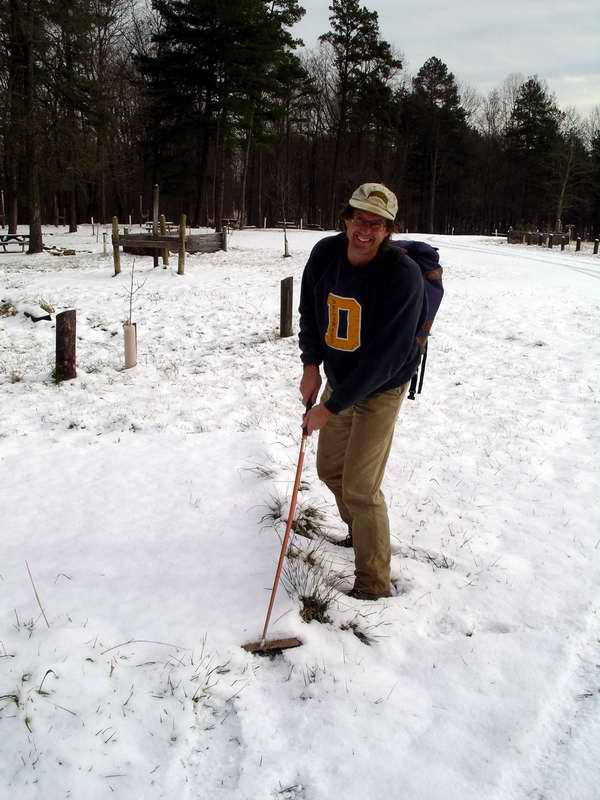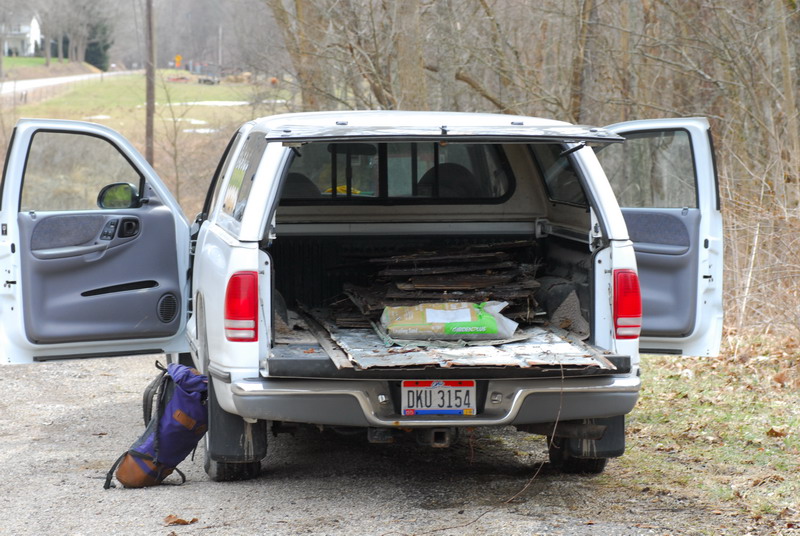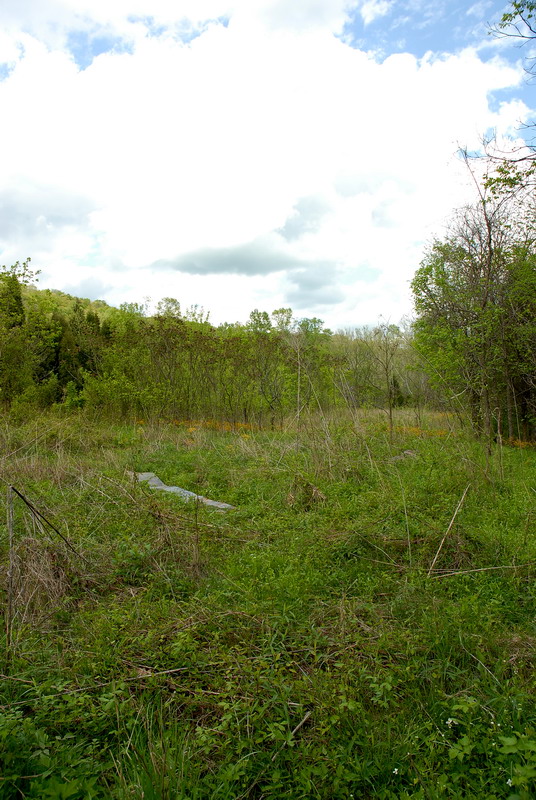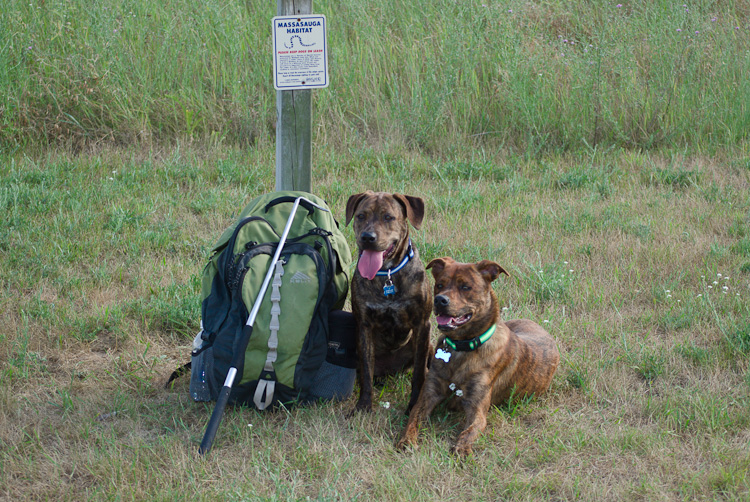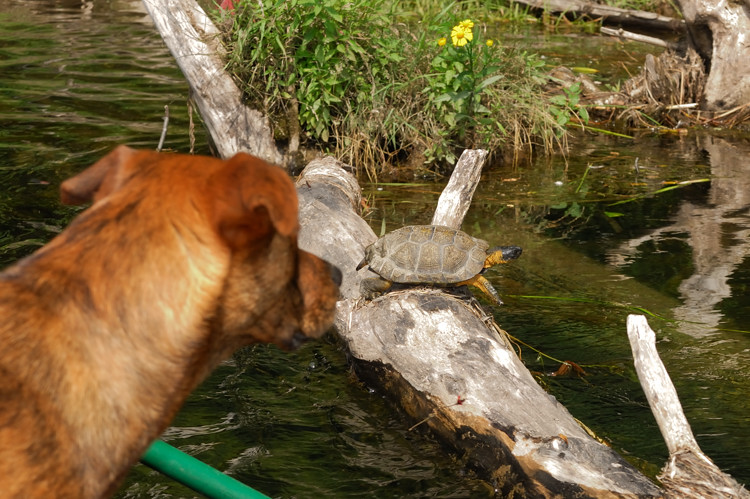2. Keeping records
Record keeping is important for a many reasons. First of all, your memory is only going to get worse, and it is easy to forget old outtings. Second, there is much to learn from your previous work, which can greatly help you in your future searches. Third, your data is important and should be made available to people who can use it.
I really should be better about keeping more acurate data (temperature, moon, wind, etc) but I find if I focus on too much, I just don't do it. I record date, time, GPS location, and try to photograph every animal I see. If it was found on the road, I will put AOR or DOR in (active on road, dead on road) in my data. When pertinent I will also record any interesting or notable comments about the find. I also try to include people who were present for the find as well.
Most of this data sits around all year, and then I try to get it all entered in the winter. Just tonight I finshed my data for 2010. It wasn't my best year, but it was memorable as they all are. Mainly, I was super busy, and just didn't get in the field as much as years past. This year was a good year for trips though, and I logged entries in 4 other states as well as Costa Rica.
When keeping data, try to stay simple. If you make it too complicated, you just want do it. This is different for everyone, but try and find what works for you.
When traveling out of state, I utilize www.naherp.com.
Everyone should check it out. I have links posted to it on my blog as well as my website. It is an online entry form, and you can upload pictures. It is easy to view your entries on maps and search the entries of others. The site has been up since 2006, and was started by a dedicated group of herpers to try and decreased the rift between academic and amateur herpetologists. So far, there are 1284 users and 61900 entries from all across North America. Data is visible only to the state and county level, and you can limit this more if you wish. Researchers may search the database for data, and you can vote on whether you agree to release your data for certain projects. The site is simple, easy to use and very convenient. I recommend it highly.
I have logged 138 entries on the NAFHA site. 36 of these were logged in 2010. A fairly slow year for my out of state outings. I did log herps from FL, AZ, and PA on the site, but I didn't take as big of trips this year compared to 2009 (Texas, AZ, CA). Hopefully, 2011 will be a banner year. I am going to be in the relative herp poor Hawaii the whole month of March, but am already planning big out of state trips in May and July of this year.
For my "home" states, I use a database logging system programed by friend and fellow herper Carl Brune. It might not be as user friendly, and takes a little tech savy to get running, but I love it. It is much easier to search and query your data compared to the NAFHA/NAHERP site.
I have been keeping Ohio data since 2004, and Michigan data since 2008. The best feature is the maps that can be generated...
Ohio 2004, my first real herping season. 154 records (I plotted only townships I saw at least one animal, as opposed to plotting a dot for each specific animal)
2005 121 records
2006 398 records
2007 250 records
2008 140 records
2009 12 records
2010 18 records (total of 1096)
My map for all through 2010.
Pretty cool stuff. You should see the map with dots for each animal...
Michigan
2008 52 records
2009 145 records
2010 110 records
2008
Through 2010 (308 records)
This process also helps you set some goals. My MI goals for the year...
1. Oakland County massasaugas at new locals
2. SE Michigan spotted turtle
3. Wood turtle from a new river system
4. MI spotted salamander
5. MI newt (?!??!)
6. 200 + record year
(reaching 300 or 400 is possible in Ohio, but I expect to be difficult in MI due to the much shorter field season and much lower diversity. I just don't see the same numbers of animals I did in Ohio)
7. Lay tin.
8. MI box turtle
For Ohio.
1. Herp with Carl and Brian a couple solid days this spring.
2. 50 records
3. Get one of the last remaining animals I have yet to see that occur in Ohio. The ones I have left to see are short-headed garter snake (tried in 2006, 2010), Copperbellied watersnake (tried in 2007), Ouachita Map turtle (tried in 2006) and southern leopard frog.
So, how do you keep records and what are your goals for the field season?
BH
